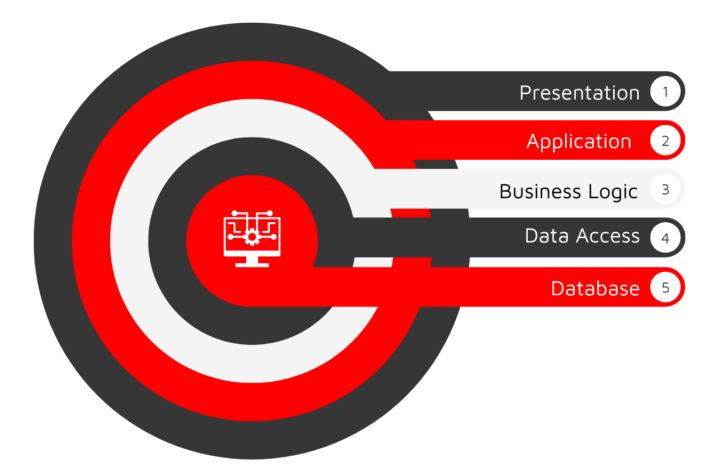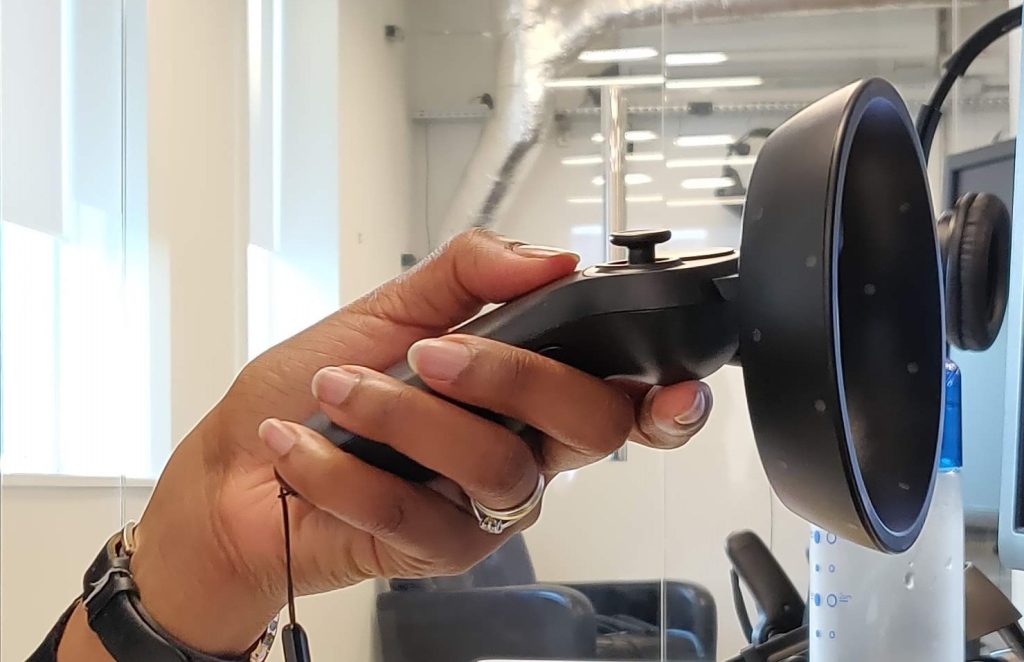A data transfer object (more commonly referred to as a DTO) is a design pattern in computer software architecture. It is an object that represents data being passed from one layer of a software application to another. Depending on what type of DTO you have, it may contain logic or it may just contain data members and transfers the data between a software application’s presentation layer and the business layer.

DTOs provide a layer of abstraction that helps to isolate the client-side code from the underlying data structure. This enables you to easily change the data structure without affecting the client-side code.
What does a DTO help to do?
Data Abstraction: Provides a level of abstraction between the client-side code and the underlying data structure, which makes it easier to modify the data structure without affecting the client-side code.
Improved Performance: Reduces the amount of data that needs to be transferred, which can reduce network traffic and improve the overall response time of a web API.
Increased Security: Helps to reduce the risk of exposing sensitive information to the client by only returning the necessary information.
Interoperability: Makes sharing data between different processes, threads, services, apps, and application layers easier.
Better maintainability: Easier to maintain the code because they provide a clear separation of concerns between the client and the server.
So I guess we should just use DTOs all the time then?
Well actually, no. Here’s a few reasons why you shouldn’t always use DTOs:
- Not for simple APIs: If your API is very simple and only returns a small amount of data, using DTOs may add unnecessary complexity to the code.
- Doesn’t fix all performance issues: If the data transfer is slow due to the size of the data being transferred, using DTOs may not improve the performance of the API, as the DTOs themselves add some overhead.
- Will increase development time: Implementing DTOs can take more time during the development process and may not be necessary if the data structure is not likely to change in the future.
But, wait! What is an Entity?
An entity is actually a DTO as well, just a different type of DTO. Entities exist between the database layer and the data access layer.
Final point to note these are all just guidelines. You will know best if using a DTO will work best with in your project and will depend on your API’s specific requirements. But,when in doubt, using a DTO is generally a good idea.



